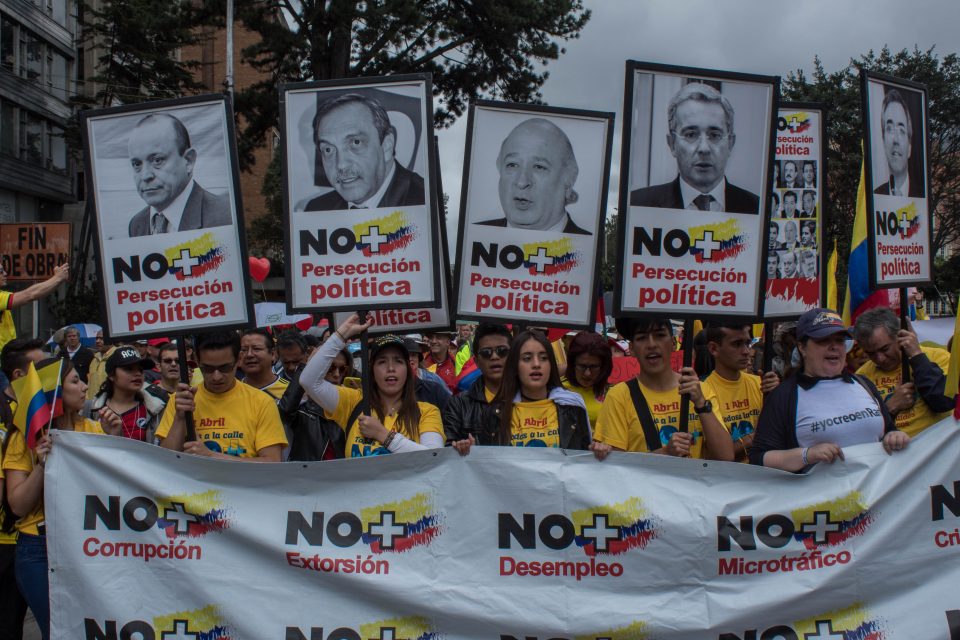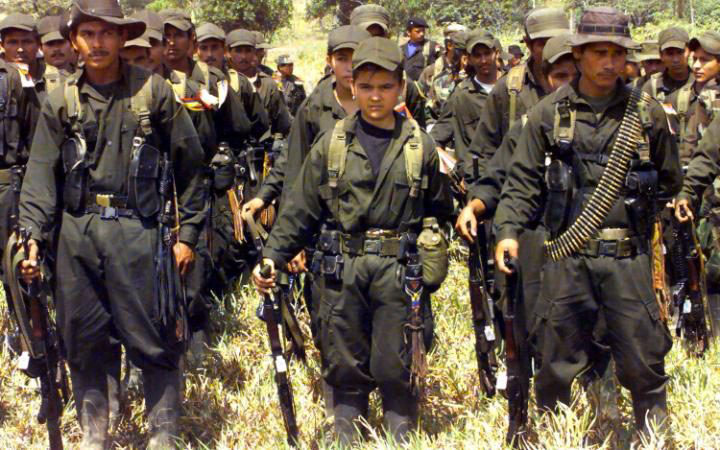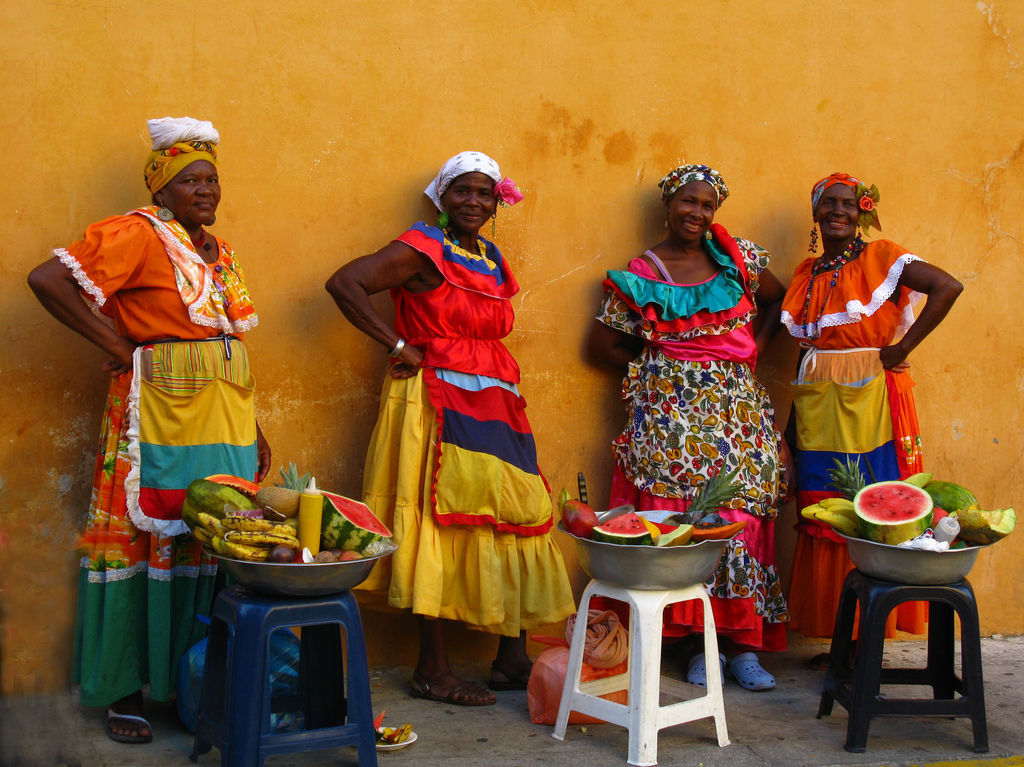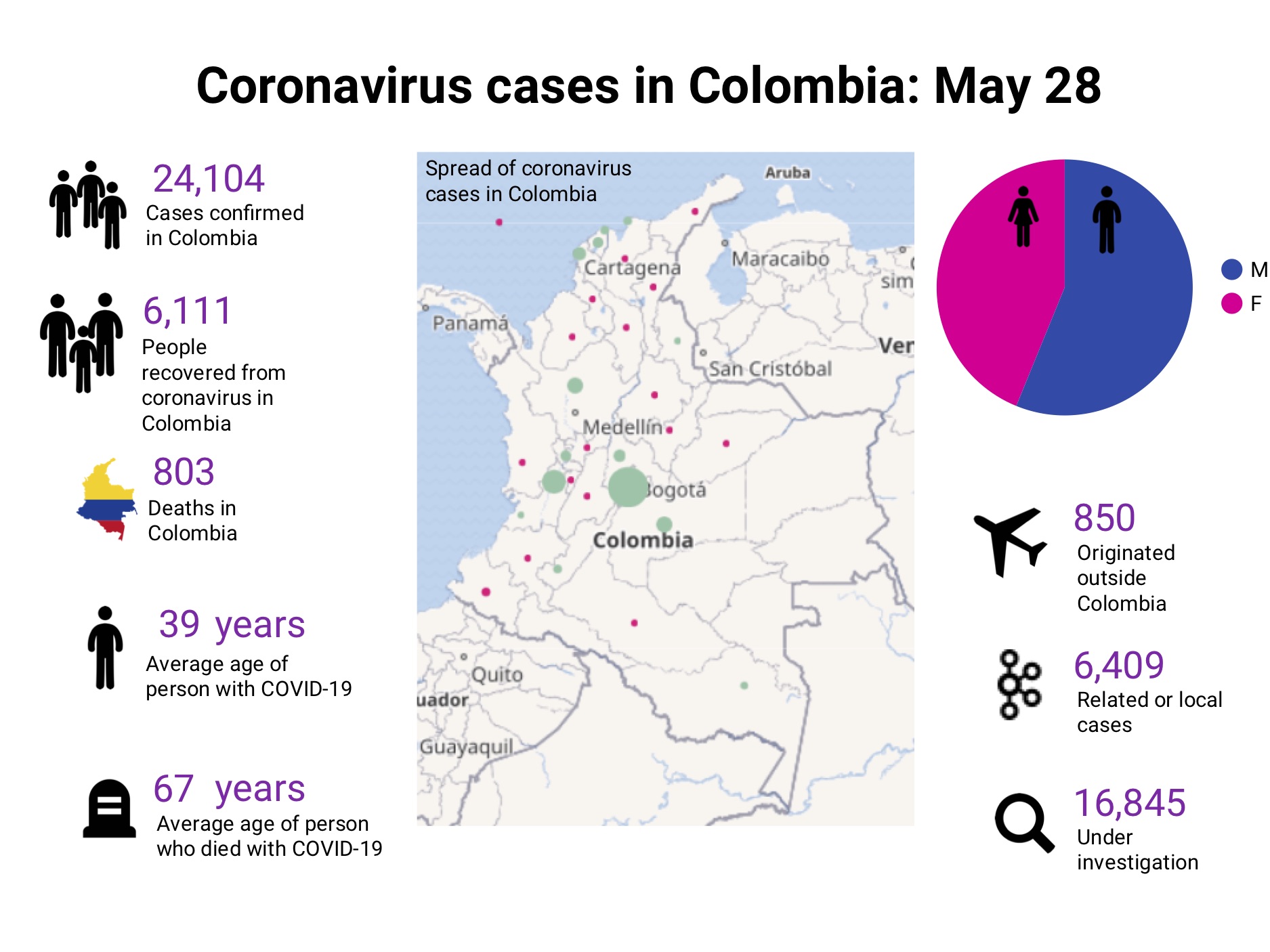As Colombia’s largest airline Avianca files for bankruptcy protection, we answer your questions about what it means.
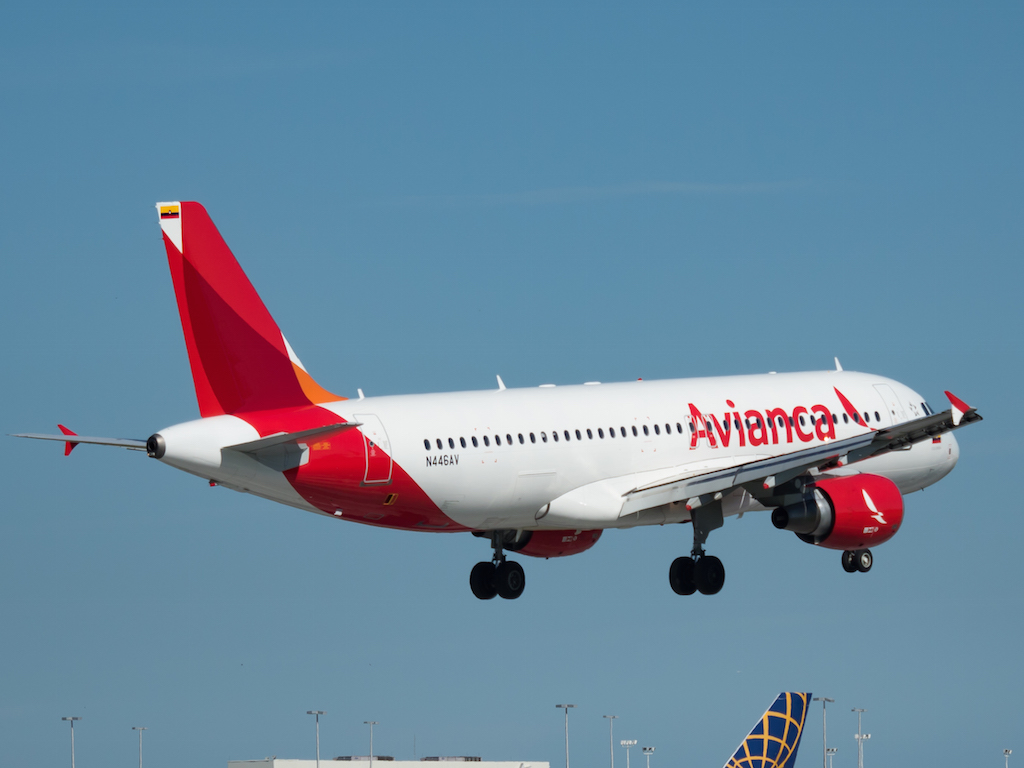
What happened to Avianca?
Avianca is the latest airline to cry mayday because of the financial impact of the novel coronavirus. With the majority of its flights grounded since mid March, Avianca says its revenue is down 80%. Even before the pandemic struck, the company was in a fragile state financially.
On May 10 the company released a press statement saying it had initiated voluntary reorganisation proceedings, filing for Chapter 11 bankruptcy protection in New York. “Avianca is facing the most challenging crisis in our 100-year history as we navigate the effects of the COVID-19 pandemic,” said CEO Anko van der Werff.
It is completely shutting down its operations in Peru and has already announced it will sell 14 of its 153 planes.
Avianca employs over 21,000 people in Latin America, 14,000 of whom are in Colombia. The company, which celebrated its 100th birthday last year, says it serves over 50% of the domestic market in Colombia.
Read our latest coverage on the coronavirus in Colombia
Last year’s complex restructuring saw United Airlines and Kingsland Holdings agree to loans that totalled $375m and gave the company the cash it needed to continue operations.
The company missed a $66 million debt repayment over the weekend, and in a note downgrading its rating for the company, Fitch said it “will not pay the coupon payment of its senior secured bonds due 2023.”
So, are they actually bankrupt? What is Chapter 11 bankruptcy?
The word bankruptcy here is misleading because Avianca’s not throwing in the towel and selling its assets to cover its debts. What it’s doing is opening the way for a court-supervised reorganisation. The business can still continue to operate – and when restrictions ease, its flights will be able to take off.
Now it will need to negotiate with creditors and get the court to approve its plan on how to move forward. It passed the first hurdle on Tuesday when the court approved its initial proposals to preserve wages, continue flights and honour obligations to travel agencies.
“The Chapter 11 process is a responsible way for Avianca to protect and preserve the Company as we navigate the severe impact of COVID-19 on the airline and travel industries,” said van der Werff.
The next court date is June 11. Once it has agreed on the short term measures, the next step will be to hammer out a longer term plan with its stakeholders and creditors. If it can do this (as it did in 2003), a newly structured Avianca will emerge – with existing shareholders likely to be wiped out and creditors likely to take a severe hit to their loan terms.
What does that mean for my flights?
Right now, once the coronavirus restrictions are lifted, you should be able to fly as normal. Avianca even have a dedicated website to assure customers it will keep on flying: aviancawillkeeponflying.com
If you have a voucher with Avianca because of a cancelled flight, you should still be able to use it. Though you’d be forgiven for trying to use it sooner rather than later.
The airline also says that it will allow fee-free changes to any flights before October 31 and that its lounges and frequent flyer benefits will continue to operate.
Will the Colombian government help them out?
Avianca had been in talks with the government even before its Chapter 11 filing, and says those discussions continue. Avianca says it is in discussions with the government in Colombia and other key markets.
Given Avianca’s importance to Colombia’s air traffic – a key part of the country’s economy – analysts expect the government to step in to help the airline out. Some foreign governments have already provided bail-outs for airlines, with the USA’s $25bn rescue package of low cost loans and direct grants seeming particularly generous. Colombia does not have the same resources, and finance minister Alberto Carrasquilla says he does not want the government to take an ownership stake in the company, suggesting that aid will come in the form of loans – or loan guarantees.
If the government proceeds with financial aid, it would be acting in the face of substantial political and public opposition. Avianca’s holding company is domiciled in Colombia, it is mostly owned by international investors, and its four largest debt obligations are held by foreign investment funds and banks. Though public resources are being badly depleted by the pandemic and resulting recession, the government could decide that it needs its flagship carrier in working order as it seeks to reactivate the economy.
What about my LifeMiles?
LifeMiles is a seperate company, and is not part of the bankruptcy filing. You can continue to accrue miles and use them to book travel just as before. If you have Elite status, that status will be extended until January 2022.
LifeMiles, which is part of the Star Alliance frequent flyer program, has also stated it won’t expire any miles until the end of this year.

